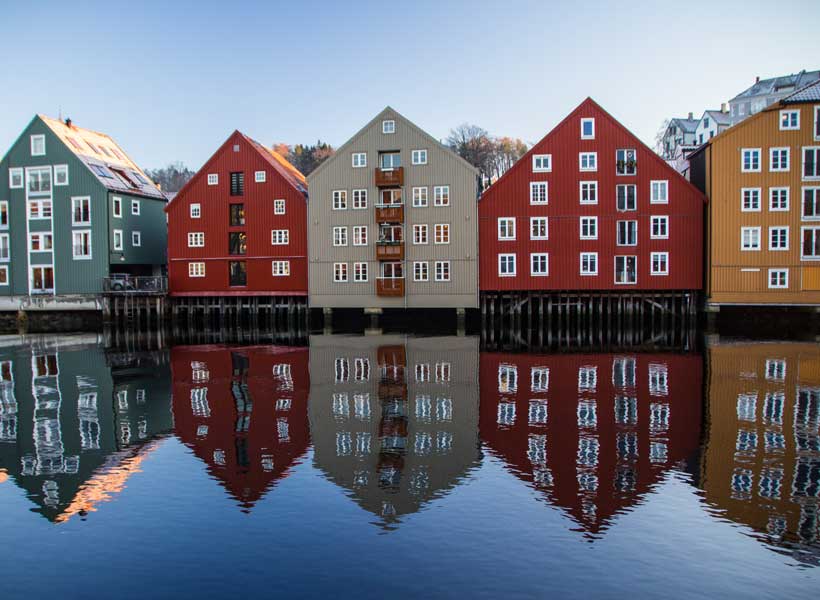The recent trends indicate that with wide spread use of social and mass media, public diplomacy has emerged as a main tool for governments worldwide to brand global views of their given nation. It is well documented that public diplomacy facilities governments to achieve country specific foreign policy goals through generating international bonds, enhancing understanding level, improving mutual trust and eliminating prejudices and stereotypes. Leading professionals and policy analysts are of the view that public diplomacy is one of the powerful instruments for soft power through which a country can increase its attraction, reputation and recognition abroad. The positive perception and image of a country among foreigners helps to take many tangible benefits such as enhanced foreign direct investment, improved international trade, free or relaxed visa policy for boosting tourism and enhance mutual cooperation in natural calamities.
Small and medium size states are frequenting using soft power as a tool for projecting their image and building their reputation at international level and taking maximum benefits. It is evident from the remarks of Jozef Batora when he states that for this group of states, public diplomacy represents “an opportunity to gain influence and shape the international agenda in ways that go beyond their limited hard power resources—related to size, and military and economic strength.”[1] He further argued that this is well-illustrated in the example of the Scandinavian states: Denmark, Finland, Norway and Sweden. Soft Power Survey, 2012 ranked these four countries into the top thirteen most powerful states in the world. The secret of their success is the adoption of individualized public diplomacy strategies with an ability to use regional cooperation as a tool for advancing foreign policy goals.[2]
In line with such belief that “it is sometimes possible for a country to do very well by doing good,”[3] these four Scandinavian states took following steps to gain worldwide recognition and acceptance: Norway using niche diplomacy played significant role in peace mediation process, Sweden focused on a dialogue with foreign communities on human rights’ protection, including women’s rights, Denmark and Finland adopted openness of society which attracted immigrants and high-tech companies seeking to invest overseas. Such innovative and attractive steps enabled states to improve their recognition and acceptance internationally which resulted in strengthening their soft power and ability to influence international agendas. These countries also used tactics of regional cooperation for spreading their message across international publics.
These states adopted policy to priorities their engagement in international peace through supporting international organizations and strengthening agenda of United Nation and playing leading role as a peacemaker in the area of international security, global welfare and environmental policy. They are consistently providing aid and assistance to under developed countries on humanitarian basis which is enhancing their reputation and recognition at international level.[4] The Scandinavian countries have a special cultural basis on which to facilitate cultural dialogue for the purpose of preventing and terminating conflicts, strengthening human rights and increasing social stability globally. For example, Norwegian Literature Abroad, Fiction and Non-fiction (NORLA) is effective in providing information on Norwegian literature and Norwegian authors of fiction and non-fiction. It helps to promote contact between Norwegian authors and publishers, translators, universities and others concerned about Norwegian literature abroad.
The Swedish government focused on the development of a country and decided to adopt the Policy of Global Development (PGD). They believe that through this way different policy areas would be able to work together for a positive global development. They further decided to play role in poverty reduction at world level through Swedish development cooperation strategy which would play an important role in boosting the economic and social development of less developed society in general and poor countries in particular.[5] Such cooperation will contribute significantly in strengthening democratic norms and creates conditions which would help people to get rid on issue of poverty. The overall aim of Swedish development cooperation strategy is to help people living under below poverty line to improve their living status by overcoming poor economic conditions.
Their historic legacy of non-involvement and non-engagement in international conflicts and Socialist internationalism has significant positive effects on their foreign policies’ discourse. Such tailor- made public diplomatic strategies with consistent regional cooperation initiatives are playing significant role in enhancing the creditability and respect of such states at international community. Last but not least a clear “Scandinavian brand” is used not only to attract tourism or foreign investment, but to channel important foreign policy messages embedded in shared Scandinavian values and ideas for the future of the world.
[1]Joseph S. Nye Jr., Soft Power: The Means to Success in World Politics (New York: Public Affairs Books, 2004), p.6.
[2]The Soft Power Survey ranks nations according to their standard of government, diplomatic infrastructure, cultural output, capacity for education and appeal to business. The list is calculated using around 50 factors that indicate the use of soft power, including the number of cultural missions, Olympic medals, and the quality of a country’s architecture and business brands. For more see:http://monocle.com/film/affairs/soft-power-survey-2012/
[3]Alan K. Henrikson, ‘Niche Diplomacy in the World Public Arena: the Global “Corners” of Canada and Norway’, in: Jan Melissen, the New Public Diplomacy: Soft Power in International Relations, (New York: Palgrave McMillan, 2005), p. 68.
[4]Mary Hilson, the Nordic Model: Scandinavia since 1945, Reaktion Books, London 2006, p. 116 – 147.
[5]Astghik Sahakya, ‘Swedish Foreign Aid Policy’, http://www.oecd.org/dac/sweden.htm, accessed June 10, 2017


